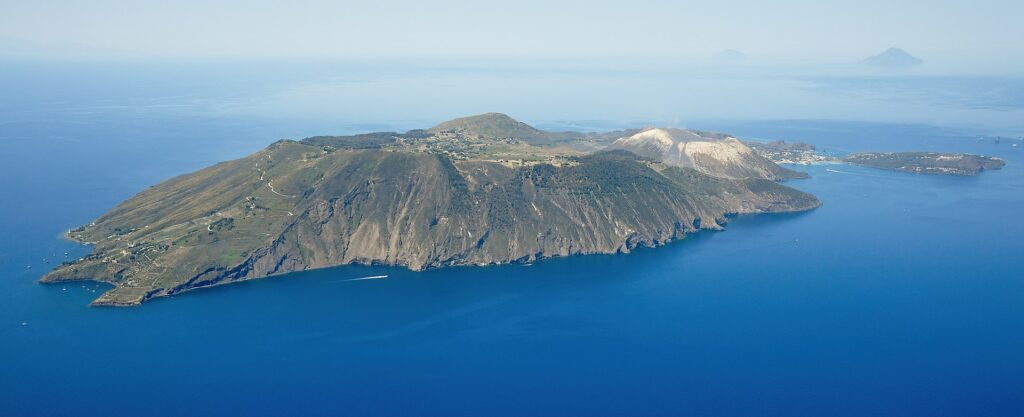
Fibre-optic telecommunication cables, in association with artificial intelligence, can be successfully used for the seismic-volcanic monitoring of hydrothermal systems. These are the findings of a study coordinated by the Italian National Institute of Geophysics and Volcanology (INGV) which also involved the German Research Centre for Geosciences (GFZ) in Potsdam and the University of Catania.
The results of the research have recently been published in the prestigious journal Scientific Reports.
The study was carried out using the Distributed Acoustic Sensing (DAS) technology that allows an optical fibre network to be converted into a dense array of distributed vibration sensors, easier to manage than traditional instruments.
Scientists were able to monitor seismic events associated with volcanic activity on the island of Vulcano, in Sicily, by interrogating – using a DAS device – a submarine cable linking the island to the mainland. During one month of acquisition, the researchers detected 1488 events with a great variety of waveforms composed of two main frequency bands (from 0.1 to 0.2 Hz and from 3 to 5 Hz) with various relative amplitudes.
The innovative approach proves very useful for volcanic hazard assessment on small islands where the underwater environment would require the installation of costly instruments that are also difficult to manage and maintain.
The DAS technology adopted in this study has several advantages: it makes it possible to interrogate existing submarine cables even over long distances, up to tens of kilometres, and to quickly and easily acquire useful signals in giving rapid responses to volcanic crises. Signal detection by Distributed Acoustic Sensing devices, on the other hand, produces a huge amount of data that is hard to store and process.
Specifically, around 20 terabytes of data were continuously acquired during the experiment at Vulcano island. To be able to collect, manage and analyse such a volume of information, the research team developed new computing solutions by taking advantage of the latest advances in the fields of high-performance computing (HPC) and artificial intelligence.

